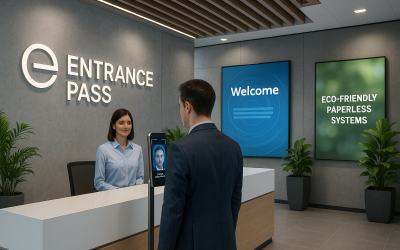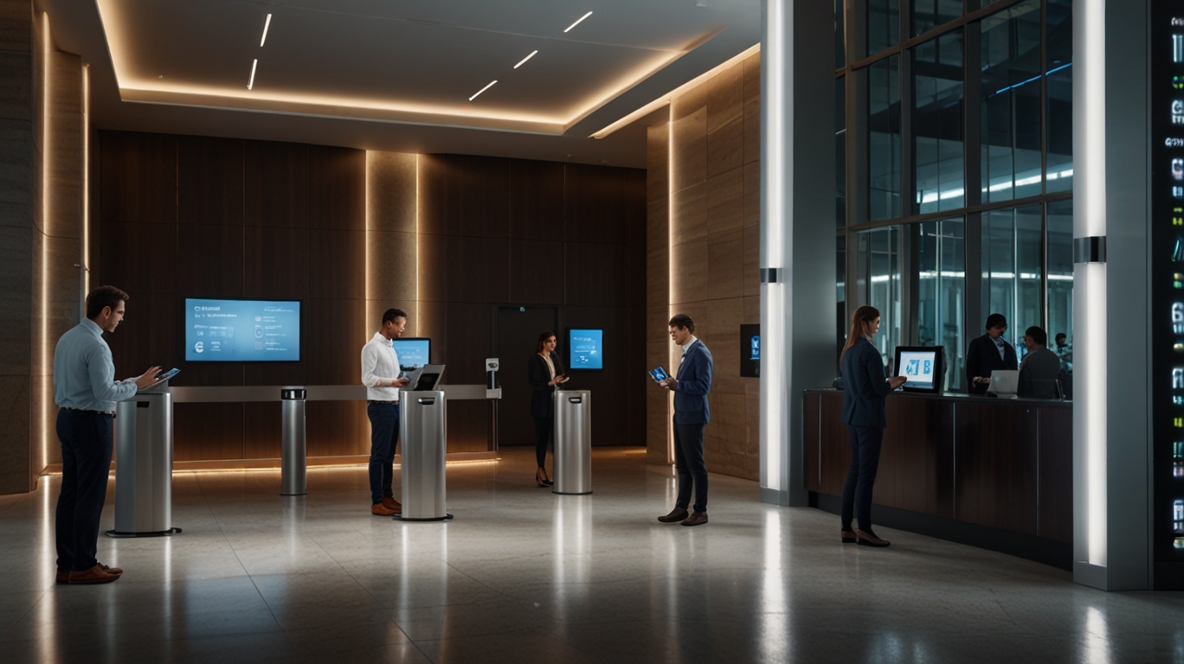
In today’s fast-paced business environment, time has become one of the most valuable assets within workplace operations. Employees, clients, and visitors expect seamless experiences when entering facilities, and organizations can no longer afford inefficiencies that slow down the flow of daily activities. Traditional manual check-in methods, often involving paper forms and manual verification, are not only time-consuming but also prone to human error. These outdated systems create bottlenecks during peak hours, resulting in frustration, wasted time, and decreased productivity across departments.
Automated check-in systems have emerged as a powerful solution to this challenge, offering a streamlined and technology-driven approach to visitor management. These systems utilize digital kiosks, QR codes, facial recognition, and integrated databases to verify credentials in seconds. The result is a faster, more reliable, and secure check-in process that reduces administrative load and enhances user experience. When implemented strategically, automated check-in platforms can completely redefine how organizations manage both employee and visitor access—leading to measurable improvements in efficiency and satisfaction.
By adopting automation in their check-in processes, businesses can eliminate the repetitive manual steps that contribute to delays. Whether it’s a corporate office managing a steady flow of clients or a hospital dealing with hundreds of patients daily, automation ensures a consistent, predictable entry experience. Beyond convenience, these systems provide an opportunity for organizations to demonstrate professionalism and technological maturity, aligning workplace operations with modern standards of efficiency and security.
The Hidden Costs of Manual Check-In Procedures
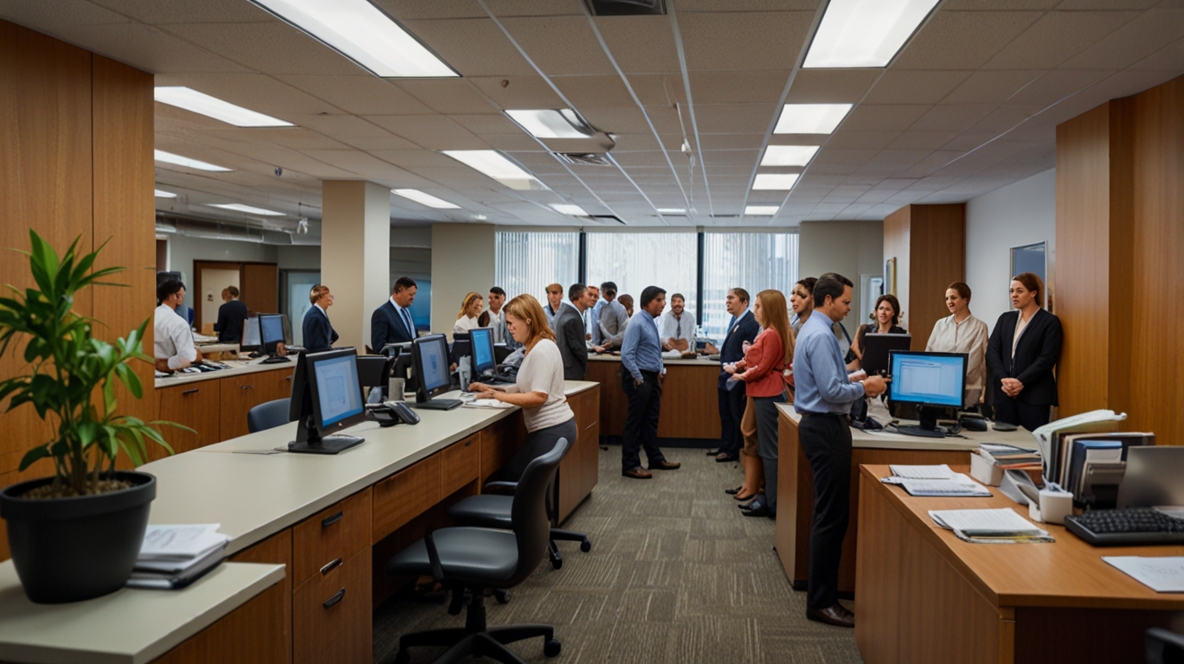
Manual check-in systems often appear simple on the surface, but the hidden operational costs they create can be substantial. Reception staff must manage handwritten logs, verify visitor credentials manually, and frequently deal with incomplete information. This inefficiency not only slows down the entry process but also consumes significant staff time that could otherwise be allocated to higher-value tasks. Over time, these small inefficiencies accumulate, reducing productivity and inflating labor expenses.
Furthermore, manual systems are susceptible to data entry errors and security lapses. When information is recorded by hand, there is a higher risk of lost records or unauthorized access to sensitive data. In industries where compliance and confidentiality are critical—such as finance, healthcare, or government—these errors can lead to serious operational and legal consequences. Manual record-keeping also makes it difficult to track visitor history, analyze traffic patterns, or identify repeat guests efficiently.
In addition, the lack of automation limits scalability. As a company grows and foot traffic increases, managing check-ins manually becomes increasingly impractical. This creates bottlenecks during peak hours, causing visitors to wait longer and staff to become overwhelmed. The absence of real-time data insights further prevents management from making informed operational decisions. Transitioning from manual to automated systems is therefore not only a matter of convenience but also a strategic necessity for sustainable growth.
How Automated Check-In Systems Improve Operational Flow
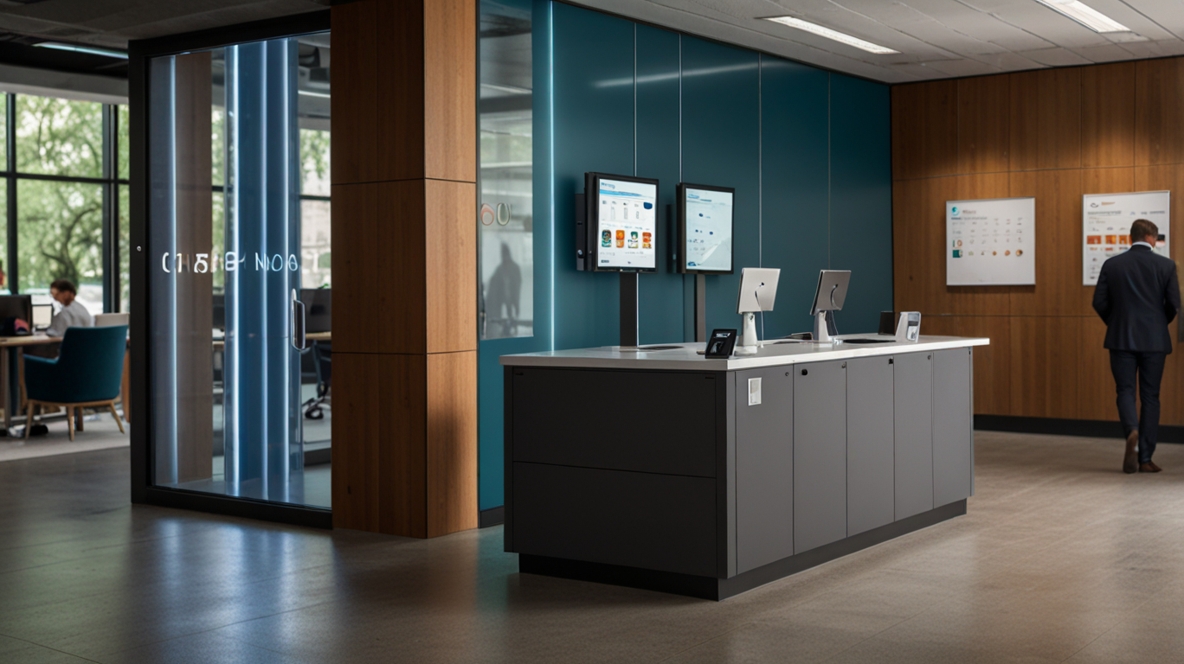
Automated check-in systems drastically transform operational efficiency by introducing precision, speed, and accuracy to entry processes. Through technologies such as digital ID verification, biometric scanning, and pre-registration links, visitors can complete check-ins in seconds rather than minutes. This minimizes congestion in reception areas, creating a more professional and welcoming environment for employees and guests alike. The smooth flow also improves first impressions—an essential factor in industries where customer experience defines brand reputation.
Beyond speed, automation enables real-time coordination between different departments. For example, when a visitor checks in digitally, the host employee is instantly notified via email or internal messaging. This eliminates communication gaps and ensures guests are received promptly. Integration with meeting room management systems can also automate resource allocation—assigning conference rooms, generating visitor badges, and even handling parking permissions seamlessly. The result is a unified operational ecosystem where every component communicates efficiently.
Another key advantage is data-driven insight. Automated systems can track peak hours, visitor demographics, and frequency of visits, providing valuable metrics for facility managers. These insights allow organizations to optimize staffing schedules, improve layout design, and forecast future needs. Over time, the cumulative impact of automation leads to more predictable operations, higher throughput, and improved morale among staff who no longer need to juggle redundant administrative work.
Security and Compliance Advantages of Automation
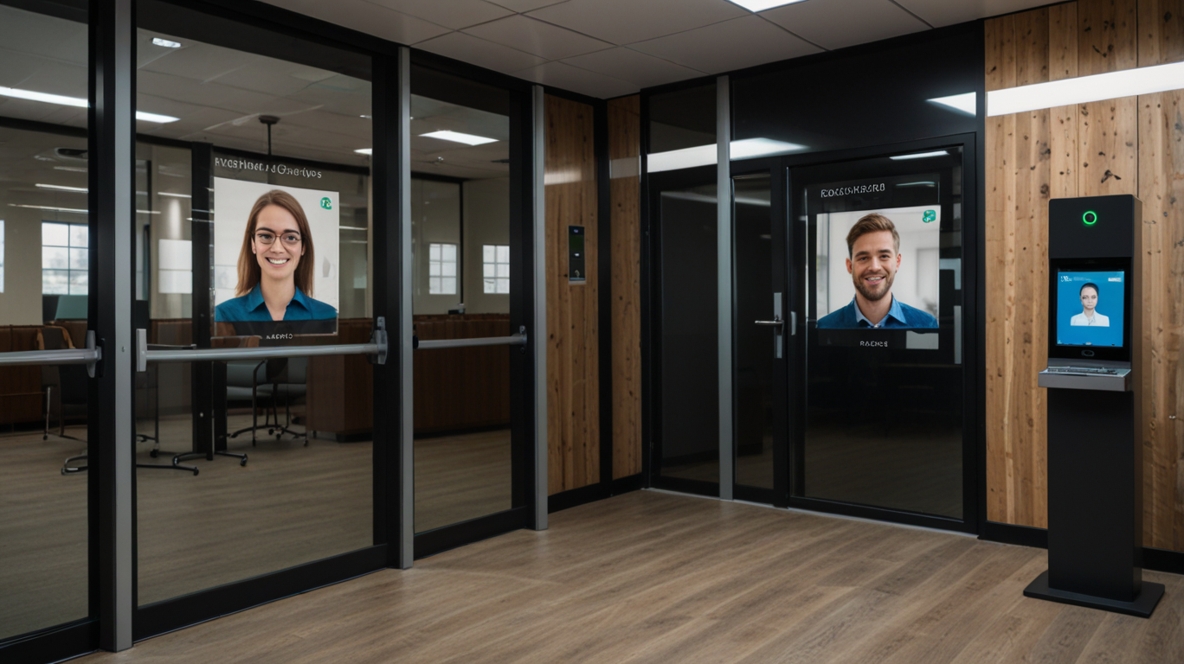
Security is one of the most critical aspects of workplace management, and automated check-in systems play a pivotal role in strengthening it. Unlike manual processes that depend on visual verification, digital systems use encrypted databases, photo ID capture, and real-time watchlist screening to ensure that only authorized individuals gain access. These features help organizations maintain strict control over who enters their facilities, reducing risks of unauthorized entry or data breaches.
Automated check-in platforms also support compliance with regulatory requirements, such as GDPR or HIPAA, by ensuring that visitor data is securely stored and easily retrievable when needed. Digital systems automatically generate time-stamped logs of all entries and exits, providing verifiable audit trails that enhance accountability. In sectors where compliance audits are frequent, this automation simplifies reporting and eliminates the need for manual record compilation.
Moreover, automation enhances emergency preparedness. In the event of an evacuation or lockdown, administrators can instantly access real-time lists of all personnel and visitors currently inside the facility. This visibility ensures faster response coordination and better safety outcomes. By combining speed, traceability, and digital documentation, automated systems turn security and compliance from a manual chore into a proactive and intelligent process.
Implementing Automated Check-In Systems for Long-Term Success

Transitioning to an automated check-in system requires careful planning, but the long-term benefits make it a worthwhile investment. Organizations should begin by evaluating their current visitor management processes to identify bottlenecks and pain points. Once the objectives are clear, selecting the right platform becomes critical—one that integrates with existing HR, security, and scheduling systems. Compatibility ensures a smoother implementation and minimizes operational disruption.
Staff training is another essential component of successful adoption. Even the most advanced system will fail to deliver its potential if employees are not comfortable using it. Comprehensive onboarding programs should cover both the technical and practical aspects of automation, including troubleshooting common issues and understanding data privacy protocols. Regular feedback collection helps refine workflows and ensures continuous improvement over time.
Finally, organizations should measure success through clear performance indicators such as reduced wait times, improved satisfaction scores, and operational cost savings. Periodic assessments can reveal additional opportunities for integration, such as linking check-in systems with smart building management tools. With each iteration, automation continues to enhance workplace efficiency, allowing businesses to focus on innovation rather than administration.
RELATED POSTS
How Visitor Management Streamlines Front Desk Operations
Front desk operations are often the first point of contact for visitors, clients, and partners in any organization. They set the tone for how efficiently a workplace operates and how professional the company appears. However, traditional visitor registration...

